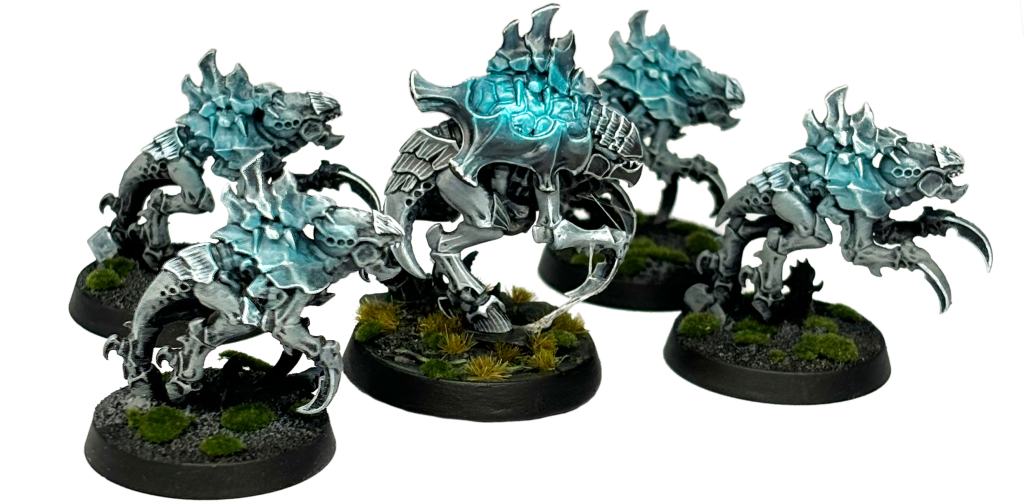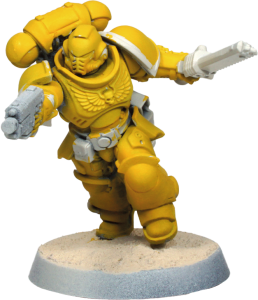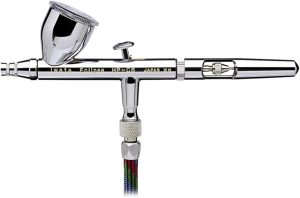
Advanced Airbrush Techniques for Detailed Miniatures
Palabra clave: airbrush for painting miniatures
Using an airbrush for painting miniatures has become increasingly popular among hobbyists and professionals alike. This technique allows for smooth finishes, precise details, and efficient coverage, making it an invaluable tool in the miniature painting arsenal. In this guide, we will explore everything you need to know about using an airbrush for painting miniatures, including the best airbrushes, essential techniques, and maintenance tips.
Why Use an Airbrush for Painting Miniatures?
An airbrush offers several advantages over traditional brush painting:
- Precision: Allows for detailed and intricate work, perfect for small-scale models.
- Efficiency: Covers large areas quickly and evenly, saving time.
- Versatility: Can be used for a variety of techniques, including base coating, shading, and highlighting.
- Professional Results: Achieves smooth, even coats of paint with no brush strokes.
Choosing the Best Airbrush for Painting Miniatures
1. Type of Airbrush
- Single-Action Airbrush: Can seem easier to use if you are inexperienced, but it is more prone to clogging and offers less control, so overall we wouldn’t recommend it.
- Double-Action Airbrush: Offers greater control by allowing independent adjustment of air and paint flow, ideal for our purposes.
2. Nozzle Size
- Fine Detail: Nozzle sizes around 0.2mm to 0.3mm are perfect for fine detail work and precision.
- General Use: Nozzle sizes around 0.4mm to 0.5mm are versatile for a range of applications, from base coating and zenithal priming to more careful shading.
Top Airbrushes for Painting Miniatures
1. Iwata Eclipse HP-CS
The Iwata Eclipse HP-CS is renowned for its reliability and performance. It features a 0.35mm needle and nozzle combination, making it versatile for both fine detail and general coverage. Its gravity-feed design ensures smooth paint flow, and it is easy to clean and maintain.
2. Harder & Steenbeck Infinity CR Plus
This airbrush is perfect for advanced users who need precision and control. It features a 0.15mm and 0.4mm needle/nozzle setup, allowing for fine detail and broader coverage. The Infinity CR Plus is known for its exceptional build quality and ergonomic design.
3. Badger Patriot 105
The Badger Patriot 105 is a favorite among miniature painters for its ease of use and durability. It comes with a 0.5mm nozzle, suitable for a variety of painting techniques. The dual-action trigger offers excellent control, and its simple design makes cleaning straightforward.
4. Paasche TG-3F
The Paasche TG-3F is a reliable and affordable option for miniature painters. It features a 0.38mm needle, providing a good balance between detail and coverage. The airbrush is easy to clean and maintain, making it a great choice for beginners and experienced painters alike.
5. Master Airbrush G233
The Master Airbrush G233 is a budget-friendly option that doesn’t compromise on quality. It comes with three different nozzle sizes (0.2mm, 0.3mm, and 0.5mm), offering versatility for various painting tasks. It is user-friendly and easy to clean, making it ideal for those new to airbrushing.
Essential Airbrush Techniques for Miniature Painting

1. Base Coating
Apply an even coat of primer to the miniature to ensure the paint adheres well. Use a broad spray pattern for uniform coverage.
2. Layering and Blending
Build up colors in thin, translucent layers for smooth transitions. Use the airbrush to blend colors seamlessly, creating gradients and highlights.
3. Weathering and Special Effects
Blow air on a regular brush filled with paint to create cool, random splatter patterns perfect to simulate blood or mud. Use a very low pressure to create paint splatters directly from the airbrush.
4. Masking and Stenciling
Use masking tape or liquid masks to protect areas you don’t want to paint. Create stencils for repeated patterns or complex designs.
Maintenance Tips for Your Airbrush
Proper maintenance ensures your airbrush remains in good working condition:
- Clean After Every Use: Disassemble and clean the airbrush thoroughly after each session to prevent paint build-up.
- Use Appropriate Cleaners: Choose cleaners compatible with your paint type (water-based or solvent-based).
- Regular Deep Cleaning: Periodically perform a deep clean to maintain optimal performance.
- Store Properly: Keep your airbrush in a clean, dry place to avoid dust and damage.
Conclusion
Using an airbrush for painting miniatures can greatly enhance your painting experience and results. The precision, efficiency, and versatility offered by airbrushing make it an essential tool for any miniature painter. Whether you are a beginner or an experienced painter, choosing the right airbrush and mastering key techniques will help you create stunning miniatures with professional-quality finishes.

